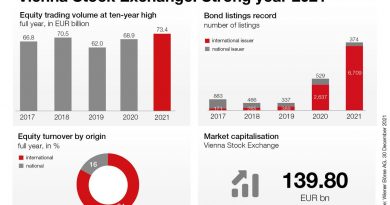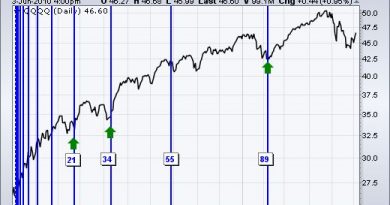Rio Trade What It is How It Works Example

Contents
Rio Trade: What It is, How It Works, Example
What Is a Rio Trade?
The term Rio trade refers to a high-risk financial market transaction that a trader makes to recover previous losses. It originated from the idea that a desperate trader would buy a ticket to Rio de Janeiro and hop on a plane to escape creditors, regulators, or legal authorities. A Rio trade is generally a higher-risk trade executed under dire circumstances.
Key Takeaways
- A Rio trade attempts to recover losses from previous trades by making increasingly riskier trades.
- Many Rio trades are made by speculators who take high risks in the hope of achieving high returns or break-even after incurring losses.
How a Rio Trade Works
The financial world is full of risks and no one is immune to them. Risk refers to any chance that a trade or investment’s outcome will be different from what’s expected. Every individual has a specific risk profile, which evaluates how much risk someone can tolerate and accept.
The younger you are, the more risk you can tolerate. But if you’re older, you’ll want to look at investments that preserve your capital.
The level of risk in investments and trading strategies depends on the expertise of the person making the investment decision. Some traders, like speculators, intentionally take high risks in the hope of achieving high returns. They employ hedging strategies to mitigate risks.
Some of these high-risk trades may pay off, making traders money. But in some cases, the trades don’t pan out and traders incur large losses. Virtually all these traders are male. Those who are undisciplined may be addled by testosterone and may try to double down on the losing bet or try another high-risk trade to make up for losses incurred in the previous one.
This trade becomes an all-or-nothing trade. If a trader profits, they can go back to work with their head held high. But a losing trader likely won’t feel that way. Afraid of humiliation or being shown the door by clients and/or firms, the trader may attempt to flee. That’s why it’s called a Rio trade. The idea is that they hop on a plane to Rio to avoid scrutiny from their employers, clients, and financial regulators.
Example of a Rio Trade
Here’s a hypothetical example of how a Rio trade works. Let’s suppose a stock trader takes a short position on a high-flying tech stock just before the company announces quarterly earnings. The next day, the company reports blow-out earnings and raises sales guidance for the remainder of the year. The stock soars in after-hours trading and the short seller faces steep losses on paper as a consequence. His Rio trade is a leveraged bet on another tech stock using options with the hope that this trade will bail him out. If not, he will be sharing his sorrows with Barry Manilow at the Copa Copacabana, the hottest spot north of Havana.


